Increased Defense Budgets
The Tactical Communication Market appears to be experiencing a surge in demand due to increased defense budgets across various nations. Governments are prioritizing military modernization, which includes upgrading communication systems to enhance operational efficiency. For instance, recent reports indicate that defense spending has risen by approximately 3.5% annually, with a significant portion allocated to communication technologies. This trend suggests that nations are recognizing the critical role of effective communication in military operations, thereby driving investments in advanced tactical communication solutions. As a result, companies operating within the Tactical Communication Market are likely to benefit from this heightened focus on defense capabilities, leading to potential growth opportunities.
Emergence of Asymmetric Warfare
The Tactical Communication Market is likely influenced by the rise of asymmetric warfare, where non-state actors and insurgent groups challenge traditional military forces. This shift necessitates the development of advanced communication systems that can operate in diverse and unpredictable environments. Tactical communication solutions must be adaptable, secure, and capable of providing real-time information to ground troops. As military strategies evolve to counter these unconventional threats, the demand for innovative communication technologies is expected to increase. Consequently, companies within the Tactical Communication Market may find new avenues for growth as they develop solutions tailored to the unique challenges posed by asymmetric warfare.
Increased Focus on Joint Operations
The Tactical Communication Market is increasingly influenced by the emphasis on joint operations among military forces of different nations. Collaborative missions require interoperable communication systems that can facilitate seamless information sharing between allied forces. This trend is evident in various multinational exercises and operations, where effective communication is paramount for mission success. The demand for interoperable tactical communication solutions is expected to rise as nations seek to enhance their collaborative capabilities. Companies that can provide solutions that meet the interoperability requirements of the Tactical Communication Market are likely to find substantial opportunities for growth in this evolving landscape.
Growing Demand for Secure Communication
The Tactical Communication Market is witnessing a growing demand for secure communication solutions, driven by the increasing need for data protection and privacy in military operations. As cyber threats become more sophisticated, military organizations are prioritizing secure communication channels to safeguard sensitive information. Reports indicate that the market for secure communication technologies is projected to grow at a compound annual growth rate of 5.8% over the next five years. This trend underscores the importance of developing robust encryption and secure transmission methods within the Tactical Communication Market. Companies that can offer innovative solutions to enhance communication security are likely to gain a competitive edge in this evolving landscape.
Technological Advancements in Communication Systems
The Tactical Communication Market is significantly shaped by rapid technological advancements in communication systems. Innovations such as software-defined radios, satellite communication, and advanced networking solutions are transforming the way military forces communicate. These technologies enable seamless integration of voice, data, and video communications, enhancing situational awareness and operational effectiveness. The market for tactical communication systems is projected to reach USD 20 billion by 2027, reflecting the growing reliance on advanced communication technologies in military operations. As a result, companies that invest in research and development to create cutting-edge solutions are likely to thrive within the Tactical Communication Market.


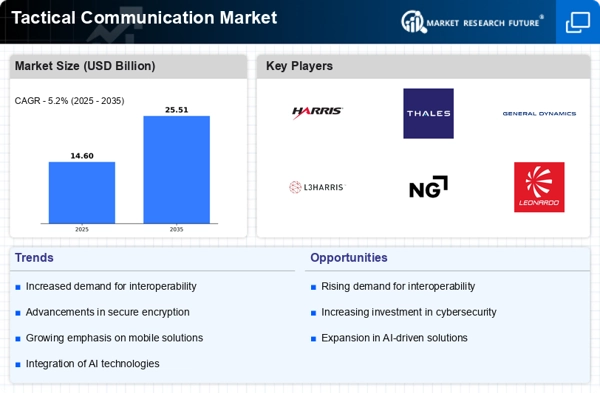
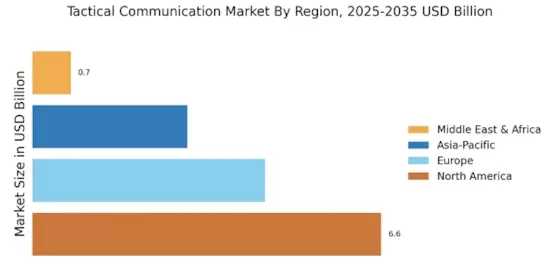
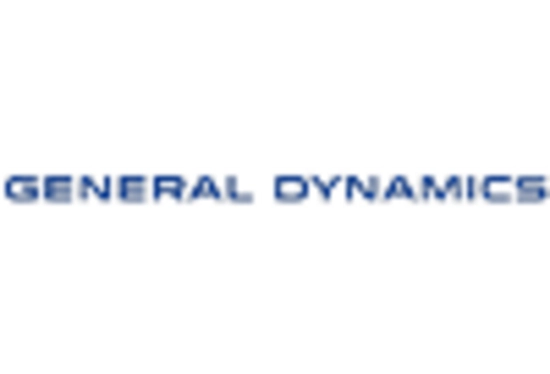

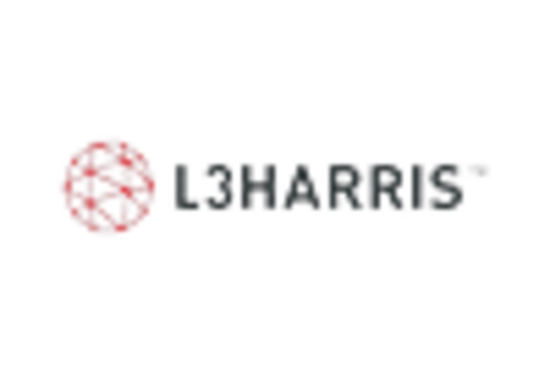
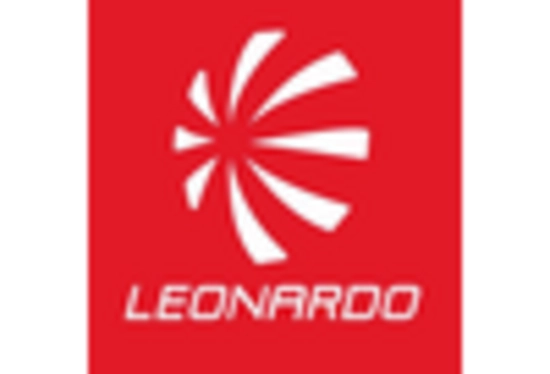
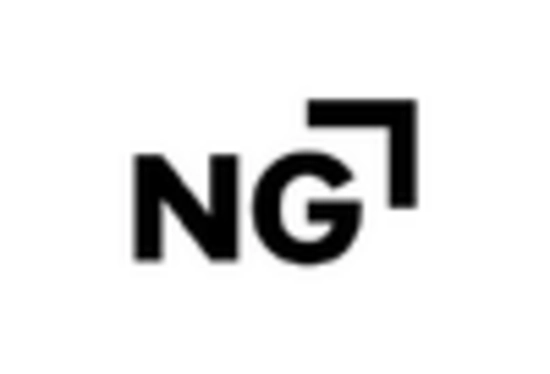
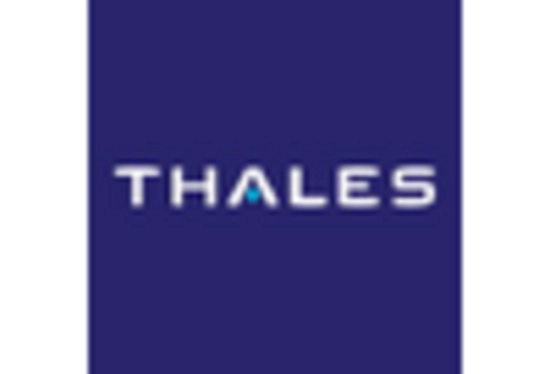








Leave a Comment